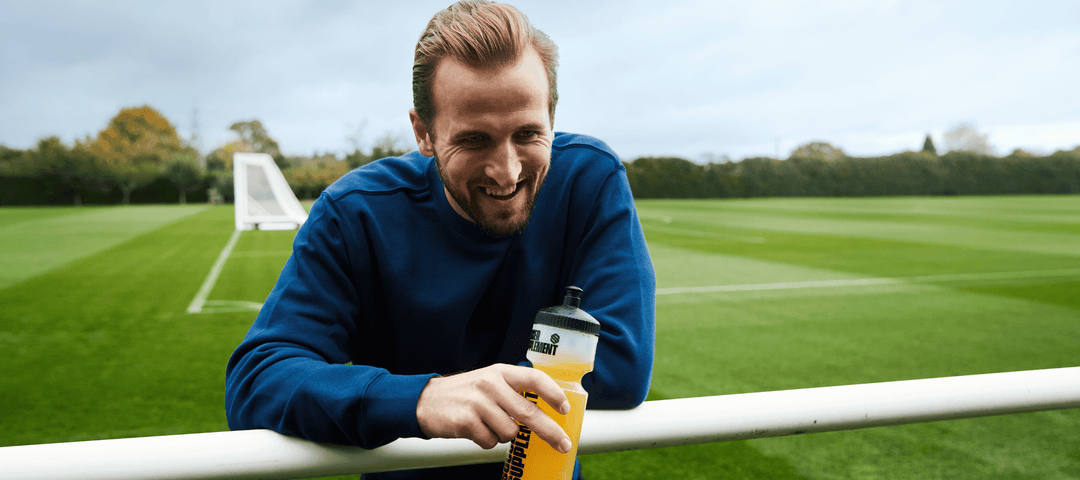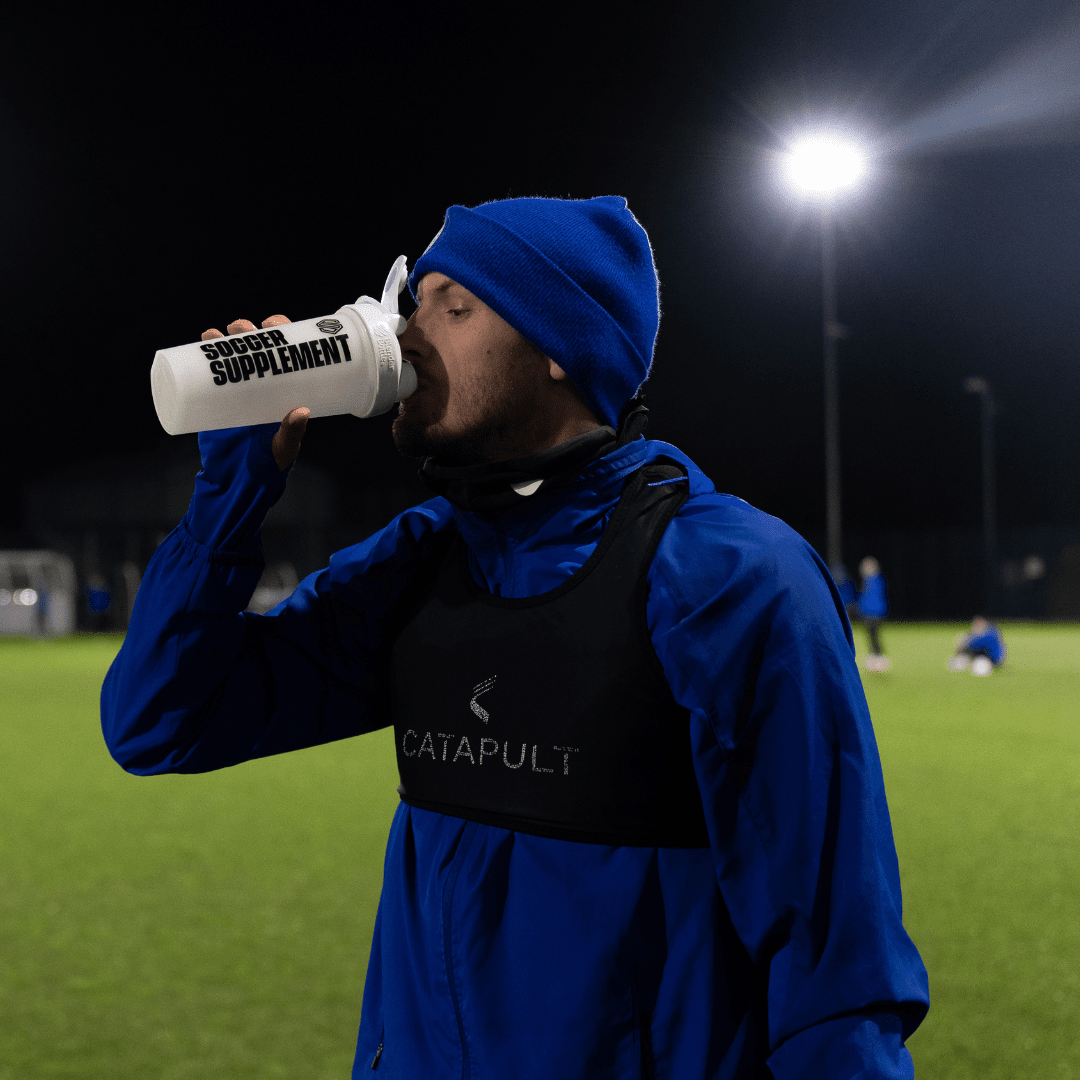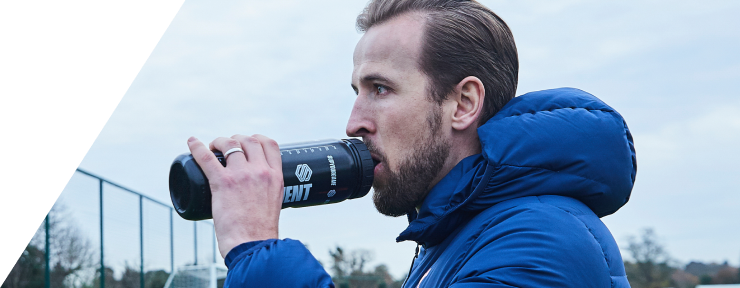Why is hip mobility important for footballers?
Through my experience of working with youth footballers, one common observation I have made is that a lot of them lack hip mobility. When conducting lower body strengthening sessions, specifically performing squats, they have struggled with the technique and find it hard to sit back into the exercise. However, hip mobility doesn’t just limit a footballer’s ability to perform a squat, but also certain aspects of their game, such as risk of injury.
What is the hip joint?
The hip is a ball and socket joint, allowing for multidirectional movement and rotation. It is one of the most important joints in the body, due to it allowing many fundamental movements, such as walking, running and jumping. It is also the focal point for our bodies when conducting powerful and explosive movements and actions. The main muscles associated with the hip, which allow contractions to take place are: hip extensors, hip flexors, hip adductors and hip abductors. The primary cause of limited range of motion at the hip joint will be a result of these muscles being tight.
How hip mobility impacts football performance?
With kicking being the primary movement carried out when playing football, it is vital that our bodies are primed to perform this motion to the best of its ability. Barfield (1998) stated that the kicking motion is made up of six stages:
- The approach
- Plant-foot forces
- Swing-limb loading
- Hip flexion and knee extension
- Foot contact
- Follow through
A common theme throughout these stages is the importance of the hip, whether it is the ability to extend, flex or its range of motion. In the literature, a successful kick is dependent on the velocity of the ball or accuracy of the kick. To have a high ball velocity, a high foot speed is required. To develop a greater foot speed, the ability of the dominant sided hip to extend is crucial. On the other hand, the accuracy of a kick is dependent on the position of the non-kicking foot and hip (specifically the non-dominant hip’s ability to externally rotate). Therefore, if your hips are tight it will limit your ability to kick powerfully and accurately.
Injury risks associated with poor hip mobility
Lots of players are also unaware of the injury risks associated with, and possibly a result of, reduced hip mobility. One of the most prominent and serious injuries common amongst footballers is damage to the anterior cruciate ligament (ACL). Research has demonstrated an association between football players and decreased hip rotation range of motion, which is believed to be a significant risk factor for ACL injuries (Gomes et al., 2008; Alentorn-Geli et al., 2009; Reiman et al., 2009). Another injury that has been shown to be associated with decreased hip range of motion are adductor (groin) strains (Ibrahim et al., 2007).
How to improve hip mobility?
Research conducted by de Castro et al., (2013) found that the introduction of a hip stretching programme to footballers improved their hip mobility significantly and prevented the risk of ACL injuries in the future. There is nothing complex about the exercises required to improve hip mobility and they can be done wherever and whenever. The following exercises are ideal to increase hip range of motion:
Lying hip rotations (20 seconds)

Butterfly Stretch (20 Seconds)

World's greatest stretch (10 repetitions)

Kneeling Lunge (20 Seconds)

Piriformis stretch (20 seconds)

These stretches should be done daily, and before training sessions and matches to help maximise performance and prevent injury.
By Nathan Davenport - @Nath3196
Click here to shop our range of Footballer Performance Supplements
References
Alentorn-Geli, E., Myer, G. D., Silvers, H, J., Samitier, G., Romero, D., Lazaro-Haro, C. & Cugat, R. (2009). Prevention of non-contact anterior cruciate ligament injuries in soccer players, Part 1: Mechanisms of injury and underlying risk factors. Knee Surgery, Sports Traumatology, Arthroscopy, 17 (7), 705-729.
Barfield, B. (1998). The biomechanics of kicking in soccer. Clinics in Sports Medicine, 17 (4), 711-728.
De Castro, J. V., Machado, K. C., Scaramussa, K. & Gomes, J. L. (2013). Incidence of decreased hip range of motion in youth soccer players and response to a stretching program: A randomized clinical trial. Journal of Sport Rehabilitation, 22, 100-107.
Gomes, J. L., De Castro, J. V. & Beker, R. (2008). Decreased hip range of motion and noncontact injuries of the anterior cruciate ligament. Arthroscopy, 24 (9), 1034-1037.
Ibrahim, A., Murrell, G. A. & Knapman, P. (2007). Adductor strain and hip range of movement in male professional soccer players. Journal of Orthopaedic Surgery, 15 (1), 46-49.
Reiman, M. P., Bolgla, L. A. & Lorenz, D. (2009). Hip function’s influence on knee dysfunction: A proximal link to a distal problem. Journal of Sport Rehabilitation, 18, 33-46.








